Since the war with Ukraine, Russia has been grappling with a major labour shortage in its industrial hubs and plans to bring in up to one million foreign workers, including Indians. The shortfall could widen to 3.1 million workers by 2030, says the Russian Labour Ministry. To address the gap, the ministry wants to increase the quota for qualified foreign workers in 2025 by 1.5 times.
Russian companies in the machinery and electronics sectors are interested in hiring skilled Indian professionals to address the labour shortage. India’s Ambassador to Russia, Vinay Kumar, told Russian state news agency TASS that the demand for Indian workers was expanding beyond traditional sectors.
“At a broader level, there is a manpower requirement in Russia, and India has a skilled manpower. So at present, within the framework of Russian regulations, laws and quotas, the companies are hiring Indians,” Kumar said. He pointed out that many Indians working in Russia so far have been employed in construction and textiles, but interest in hiring them for machinery and electronics roles has been steadily rising.
“As far as I know, by the end of the year, 1 million specialists from India will come to Russia, including to the Sverdlovsk region. A new Consulate General is opening in Yekaterinburg, which will deal with these issues,” Andrey Besedin, head of the Ural Chamber of Commerce and Industry, has said. “Some Russian workers are deployed in the military operation in Ukraine, and many young Russians do not go to factories,” he added. The Sverdlovsk region, in the Ural Mountains, is regarded as the backbone of Russian heavy industry and its military-industrial complex.
Demographics of Russia
The population of the Russian Soviet Federative Socialist Republic (RSFSR) in 1950 was around 102.8 million. Russia has an estimated population of 146.0 million as of January 2025, down from 147.2 million recorded in the 2021 census. The total area of Russia is 17.1 million sq km. It has a population density of 8.5 inhabitants per square kilometre. Overall life expectancy is 73 years. The fertility rate is 1.41 children born per woman as of 2024, in line with the European average, which is below the replacement rate of 2.1.
Impact Shorts
More ShortsRussia has one of the oldest populations in the world, with a median age of 41.9 years. There is a natural decline of the Russian population. It can be classified as a demographic crisis. According to the United Nations, Russia’s immigrant population is the world’s third largest, numbering over 11.6 million, most of whom are from other post-Soviet states. Russia needs labour to till land; they need skilled industrial workers and middle-level managers.
Indians in Russia
According to the Ministry of External Affairs, there are approximately 62,825 Indians in Russia. The growing community is composed primarily of students (pursuing medical and technical degrees), businessmen, and a surge of labourers filling labour shortages. The diaspora is found in major cities like Moscow and is involved in various sectors, including trade, IT, and manufacturing. Many Indian businessmen operate trading companies, importing goods like tea, coffee, spices, pharmaceuticals, and garments from India.
Russia is seeing a sharp increase in Indian workers, with applications for employment visas rising dramatically and projections of over 40,000 Indian nationals arriving for work in 2025 to fill jobs in construction, textiles, agriculture, manufacturing, and warehousing. The Indian community in Russia, especially in Moscow, has faced difficulties in obtaining permission to build Hindu temples and sees limited infrastructure to support their cultural and religious practices.
Indians in West Asia
There is an over 9 million large Indian diaspora in West Asia, with people residing primarily in the UAE (over 3.5 million) and Saudi Arabia (around 2.5 million). They work in both skilled and unskilled roles. Skilled professionals include nurses and technicians, while many others work in blue-collar jobs. India seeks to expand economic ties and cooperation in various sectors, including healthcare, pharmaceuticals, higher education, defence, space exploration, AI, and cybersecurity, to benefit both India and West Asian nations.
The diaspora also enhances India’s soft power and cultural engagement in the region, exemplified by the huge Bollywood presence and the recent BAPS Hindu Temple in Abu Dhabi. This significant population contributes billions of dollars in remittances to India’s economy annually, boosting foreign exchange reserves and household incomes in India. While the exact numbers are not published, it is estimated that India receives over $135 billion in remittances, with a significant portion originating from the Gulf Cooperation Council countries.
West Asia is a politically volatile region marked by geopolitical tensions and proxy warfare, posing risks to the safety and livelihoods of Indian workers. Some Gulf countries have implemented “Arabisation” or “indigenisation” policies to prioritise local employment, which can affect expatriate workers. Also in some countries there are issues about labour living conditions and exploitation.
Indians in the US
There are over 5.2 million Indian Americans in the US, making them the second-largest Asian ethnic group and representing 21 per cent of the total Asian population. This demographic is characterised by high educational attainment and median household incomes significantly above the national average. The median household income is significantly higher than the national average, with half of households earning over $160,000. Indian Americans are a significant contributor to the US tax base and hold substantial wealth in Fortune 500 companies.
A large portion, about two-thirds, are immigrants, though the number of US-born individuals is growing. The Indian American population has grown by over 174 per cent since 2000. The largest Indian American communities are found in California, Texas, New Jersey, and New York. Indian Americans often demonstrate high English proficiency compared to other Asian communities. The community is diverse, encompassing various regions and cultures from India, and known for its entrepreneurial spirit and contributions to various sectors, and it holds significant positions in politics, academia, and the corporate world.
Indian heads of major global corporations include tech leaders like Sundar Pichai (Alphabet/Google), Satya Nadella (Microsoft), and Arvind Krishna (IBM), along with others such as Leena Nair (Chanel), Ajay Banga (World Bank President), Rajeev Suri (Nokia), and Shantanu Narayen (Adobe). Neal Mohan (CEO of YouTube), Raj Subramaniam (CEO of FedEx), and many others. Their success highlights a growing trend of Indian-origin leaders heading major global organisations, driven by strong educational backgrounds and professional expertise.
Yet, Trump-era new US visa rules affect Indian travellers due to longer waiting periods and no overseas interviews.
Indians in the UK
There are over 1.8 million people of Indian ethnicity in the UK, making them the largest ethnic minority group, with a history rooted in historical and colonial ties. British Indians are a diverse group, primarily of Punjabi, Gujarati, and Bengali origin, and have achieved significant success in various sectors like healthcare, technology, engineering, and politics, with Rishi Sunak serving as the Prime Minister. Key concentrations of the community are found in the London boroughs of Harrow and Brent and cities such as Ealing, Leicester and Birmingham.
Indians in Canada
As of the 2021 census, at 1.86 million, Indian Canadians are the largest non-European ethnic group in the country and form the fastest-growing national origin in Canada. Canada contains the world’s seventh-largest Indian diaspora. The highest concentrations are in Ontario and British Columbia, followed by growing communities in Alberta and Quebec as well, with the majority of them being foreign-born. They mostly speak Canadian English, Punjabi, Hindi, Tamil, Gujarati, and Bengali. The religion-wise breakdown is Sikhs (36 per cent), Hindus (32 per cent), Christians (12 per cent), Islam (11 per cent), and other Indian minorities.
India became the highest source country of immigration to Canada by 2017, with yearly permanent residents increasing from 30,915 in 2012 to 85,585 in 2019, representing 25 per cent of total immigration to Canada. Additionally, India also became the top source country for international students in Canada, rising from 48,765 in 2015 to 219,855 in 2019.
Mirroring historical Indo-Canadian migration patterns, the majority of new immigrants from India continue to hail from Punjab, with an increasing proportion also hailing from Haryana, Delhi, Maharashtra, Gujarat, Telangana, and Andhra Pradesh. In the 2025 Canadian federal election, a record-setting 22 Canadians of Indian origin were elected to the Canadian House of Commons. Prominent figures of Indian descent have also served in powerful cabinet roles, such as Anita Anand as the Foreign Minister and Maninder Sidhu as the International Trade Minister in the Mark Carney administration.
Indian students comprise around 40 per cent of Canada’s international students. Notwithstanding, according to data from Immigration, Refugees and Citizenship Canada (IRCC), nearly 80 per cent of Indian student visa applications were rejected in 2025.
Indians in Australia
Indian Australians are one of the largest groups, with 976,000 persons declaring Indian ancestry at the 2021 census, representing 3.8 per cent of the Australian population. Regions with significant populations are Melbourne, Sydney, Perth, Brisbane, and Adelaide. Predominantly Hindu, but a significant number of Sikhs and Christians, among others. Indians are the youngest average age (34 years) and the fastest-growing community, both in terms of absolute numbers and percentages, in Australia.
India has been the largest source of new permanent annual migrants to Australia since 2016 and overall the third-largest source nation of cumulative total migrant population, behind England and China. Additionally, 70,000 students were studying in Australian universities and colleges. Indians are the highest educated migrant group in Australia, with 54.6 per cent of Indians in Australia having a bachelor’s or higher degree, more than three times Australia’s national average. India became the largest source of skilled migrants in the 21st century.
Japan Seeks To Hire Indians
In 2025, more than 29 per cent of Japan’s population will be over 65 years of age. Japan is currently facing a shortfall of nearly 2.5 lakhs in IT, AI, data science, etc., annually, emphasising overseas hires to fill expertise gaps beyond the domestic supply. Japan’s workforce is plummeting with a projected loss of over 11 million workers by 2040. This labour crisis is putting GDP & domestic production at risk unless overseas talent fills critical vacancies.
Japan has been actively seeking skilled Indian workers through programmes like the Specified Skilled Worker (SSW) visa across 14 sectors, which supports professionals in sectors like IT, healthcare, manufacturing, construction, agriculture, and many more with smoother immigration. Much more accessible than the complex and often delayed visa processes of the US, UK, or Germany, especially for Indian professionals. This effort is driven by a labour shortage and an ageing population, with the goal of attracting 50,000 skilled Indians over the next five years.
Opportunities exist for IT and tech professionals, English teachers, and specialists in areas like wellness and geriatric care. Indian tech specialists, including rookies, possess vast technical acumen & complex coding skills, especially in globally booming fields like IT, AI, ML, data science & engineering. Indian professionals bring more to a workplace at comparatively lower costs than workers from other nationalities. This perfectly matches Japan’s demand for innovation & digital transformation across all sectors.
Japan offers perks similar to Western countries, but with a culture similar to India. It is emerging as the best overseas career destination for Indian professionals. Japan has a stable economy and believes in long-term employment and job stability, unlike the US or UK, where short-term contracts & layoffs are common. This culture creates a dependable environment for career growth and financial planning. Compared to recent spikes in racism and unwillingness to welcome immigrants for working in the US and UK, Japan remains one of the safest, most respectful countries for Indians living and working abroad.
Both the Japanese and Indian workforces set high regard for punctuality, value hierarchy and relentless commitment to excellence. This company-first attitude augurs well for Indians, as they can get acclimatised and thrive in Japan’s structured workflow. Japanese companies’ workplace dynamics involve valuing team achievements rather than bolstering individual gains. This is a blessing in disguise for Indian professionals who are adept at relishing collaborative work environments and love contributing towards team and organisational success.
Japanese companies invest heavily in on-the-job training and long-term reskilling. This offers Indian workers continuous milestone-driven learning opportunities and professional growth, unlike the self-driven learning model adopted by Western countries. Unlike the short-term contract culture in the West paired with immediate firing in crunch situations, Japan offers stable jobs with well-defined career paths, bonuses, and loyalty rewards. This benefits Indian talents looking for long-term professional security.
Indian talent, in most cases, possesses excellent written and verbal English fluency & cross-cultural communication abilities, making them the best fit for middle- to upper-management roles. Additionally, Indians can learn Japanese much faster than other foreign professionals, with 3 to 4 months of training making them suitable for positions that require bilingual ability. Indian professionals have a flexible mindset and can transform shared values like hierarchy, loyalty and collectivism.
Bilateral agreements and MoUs between Japan and India promote structured talent exchange, encourage hiring through certified channels, and support Indian workers through placement, training, and legal protection frameworks.
Israel Needs Indian Workforce
Israel needs Indian workers, primarily to fill the significant labour shortage in its construction sector following the October 2023 conflict, which led to Palestinian construction workers being barred from the country. Under a bilateral agreement, thousands of Indian construction workers and caregivers have been recruited, with the potential for more to fill vital labour gaps in Israel’s rebuilding efforts.
A formal agreement between India and Israel was signed in November 2023 to facilitate temporary employment of Indian workers. Recruitment drives have focused on skilled Indian construction workers, particularly in areas like framework, iron bending, and tiling. Indian workers also fill positions in the caregiver sector. The partnership offers significant economic benefits, with nearly three-times higher wages in Israel providing a strong incentive for Indian workers, while India benefits from the remittances sent home by its citizens. It provides a powerful incentive for workers from states such as Punjab, Uttar Pradesh, and Bihar to seek employment abroad.
Thousands of Indian workers have arrived in Israel under the bilateral framework agreement, with ongoing efforts to recruit many more. The National Skill Development Corporation (NSDC) in India is involved in organising recruitment drives and aligning Indian skilling programmes with global demands. The government-to-government (G2G) recruitment process helps protect workers from exploitation by middlemen.
Way Ahead
A recent FICCI-KPMG study, “Global Mobility of Indian Workforce”, has estimated that by 2030, the demand for skilled workers will exceed supply, leading to a talent shortage of over 85.2 million people. Major shortages will be in many economies like Germany, Japan, South Korea, Australia, Canada, the UK, and the US. The rate at which this shortage is growing, around 12 per cent per annum, is outpacing the economic growth of any of these countries. In 25 years, that shortfall could reach 250 million. That’s a staggering gap. While several African economies also have labour surpluses, they often lack the infrastructure or governance systems to benefit from them. India is uniquely placed to help fill this gap.
The global labour market does not seem to be future-ready. The skills needed in 2030 will be quite different from what we have today. This is a challenge for the entire world. India already contributes about 700,000 workers abroad each year, particularly in technology, healthcare, transportation, and hospitality. Indian talent is generally well-regarded globally. The growing opportunity is waiting to be tapped. Get going, India.
The writer is former Director General, Centre for Air Power Studies. Views expressed in the above piece are personal and solely those of the author. They do not necessarily reflect Firstpost’s views.


)
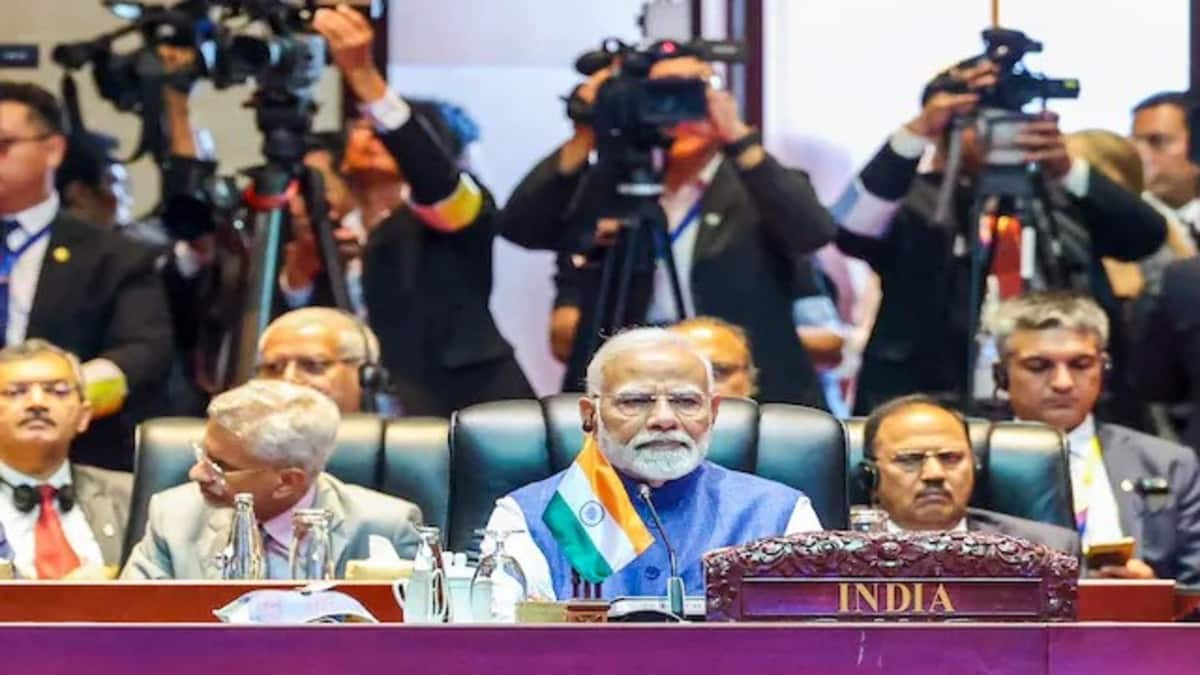
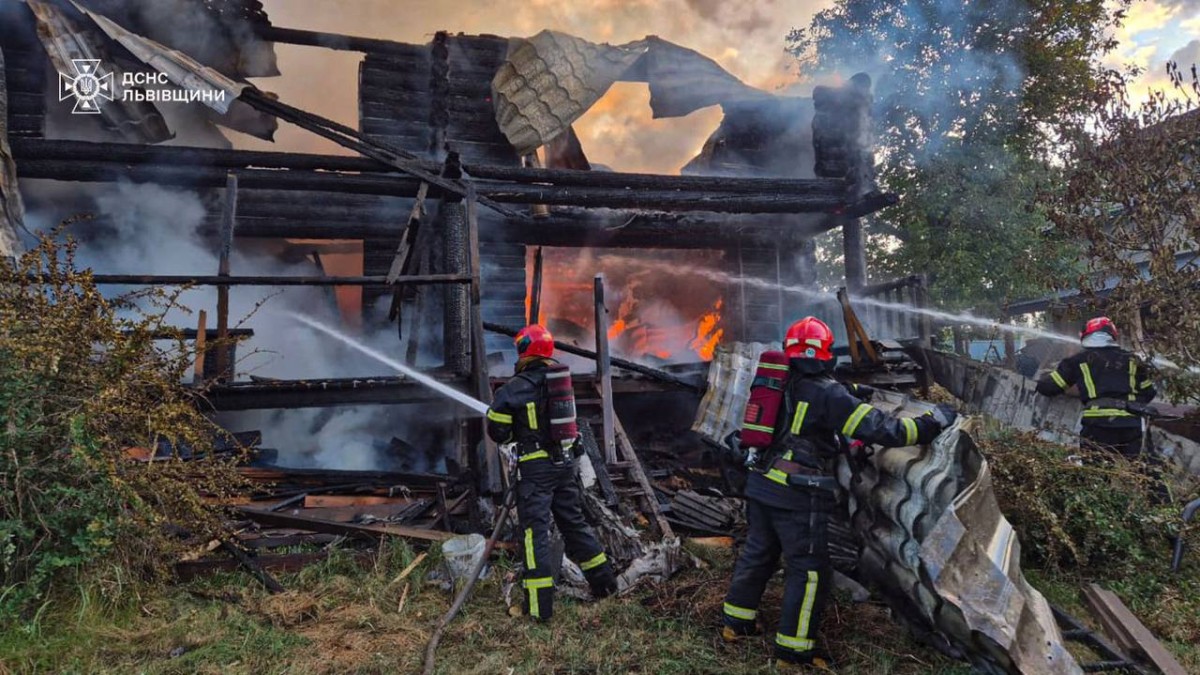)
)
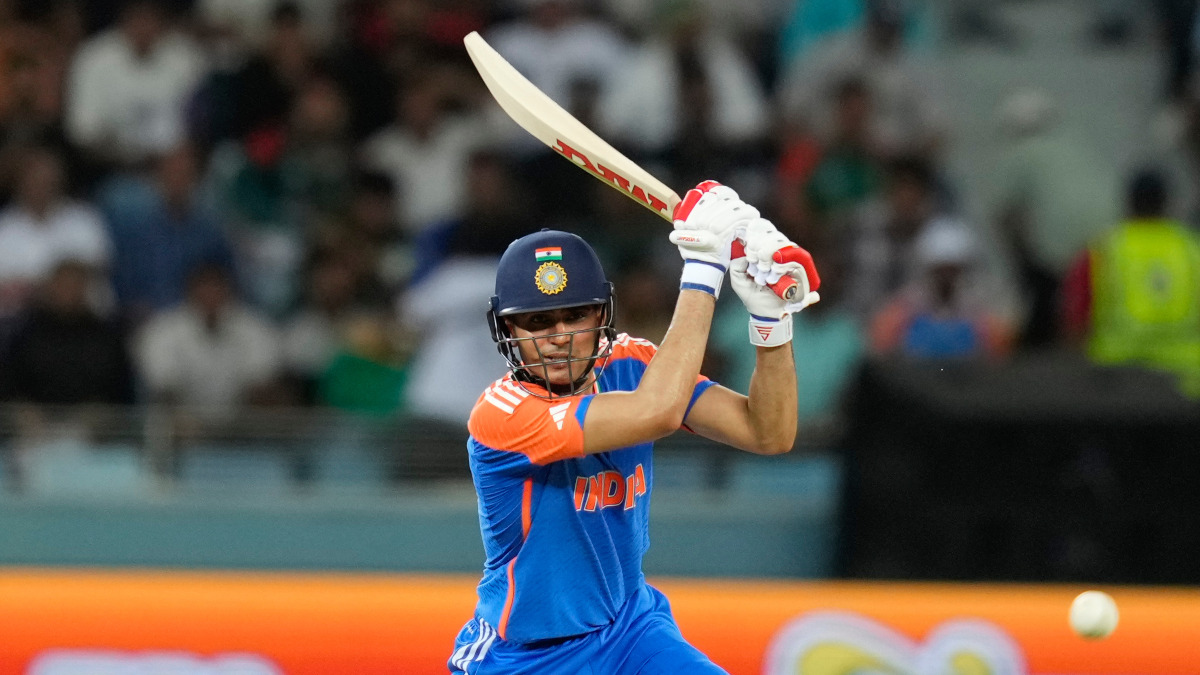)
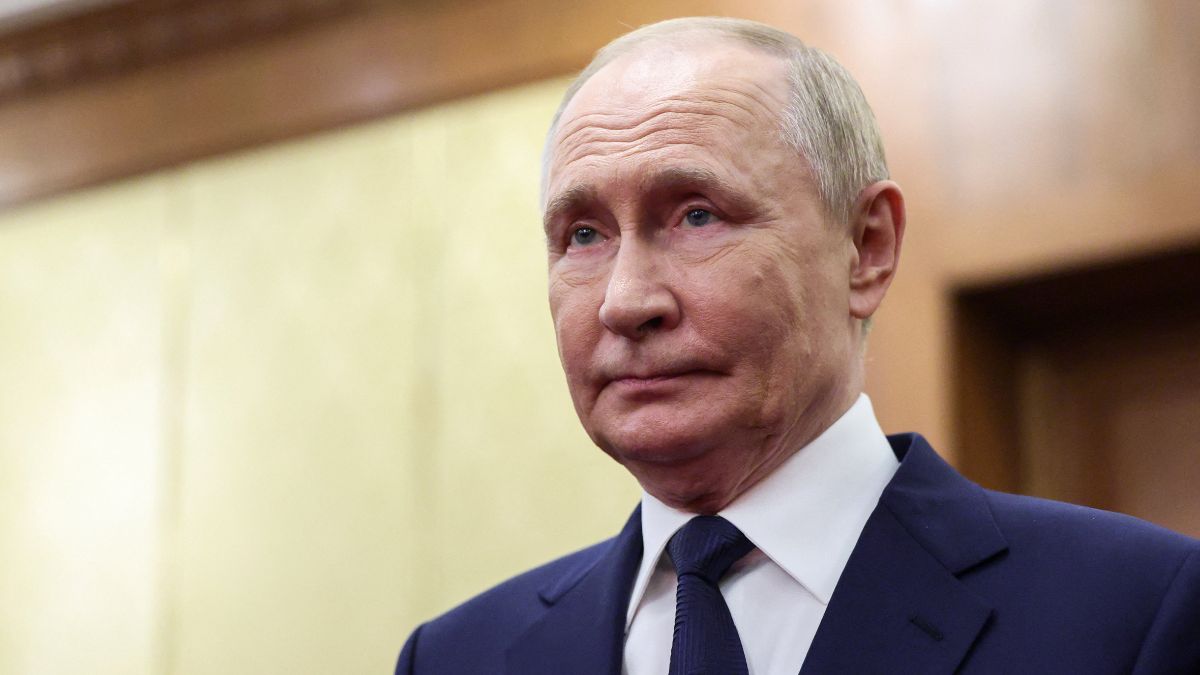)
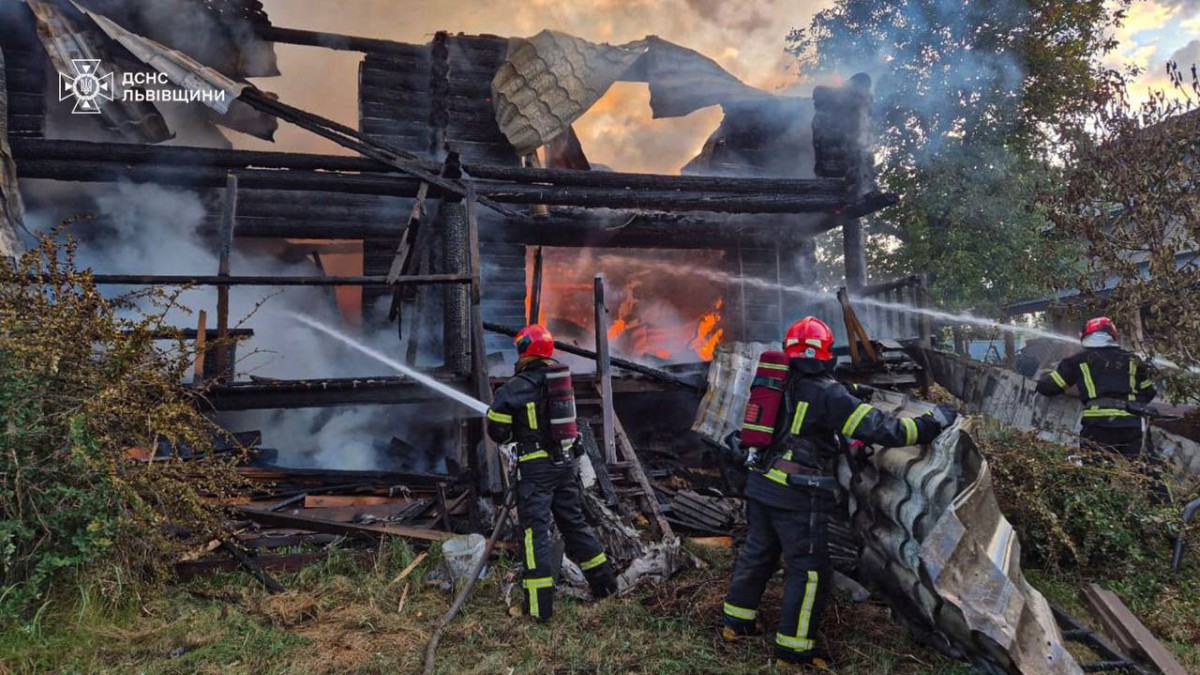)
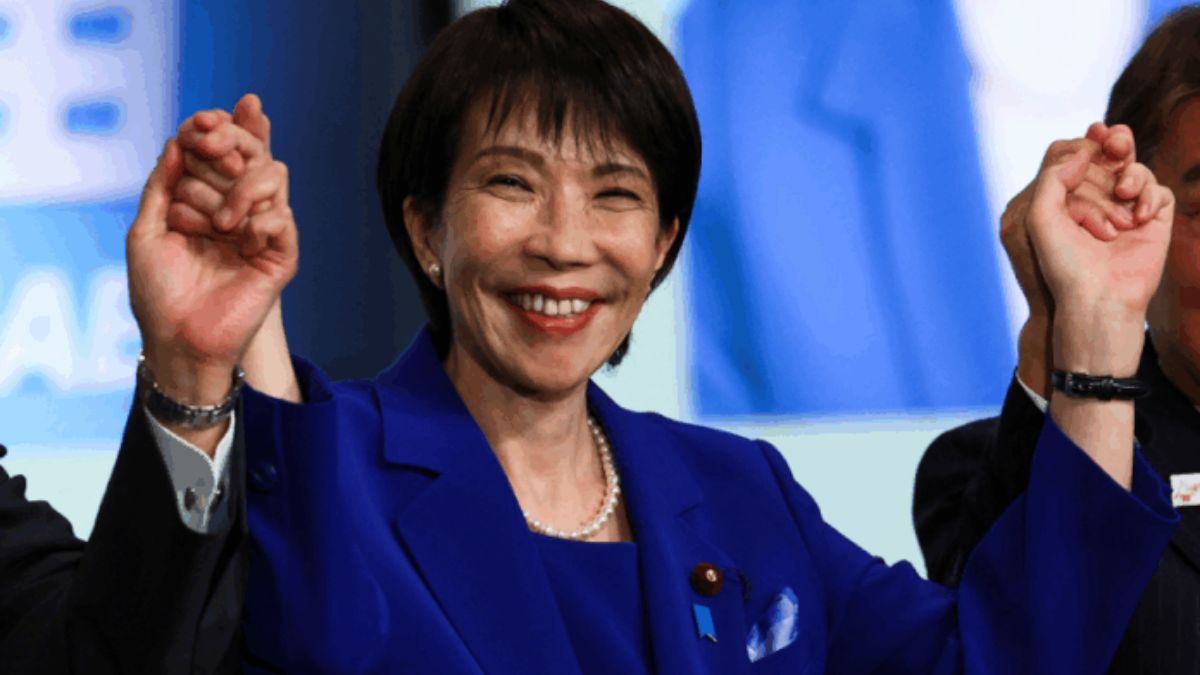)
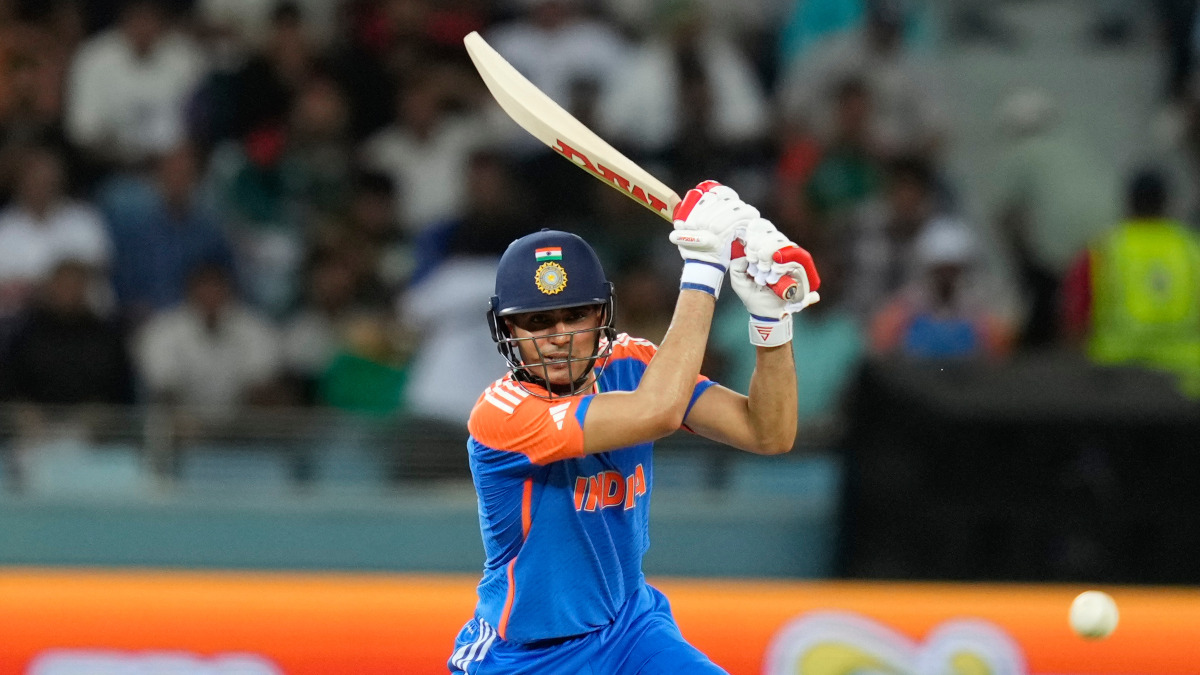)
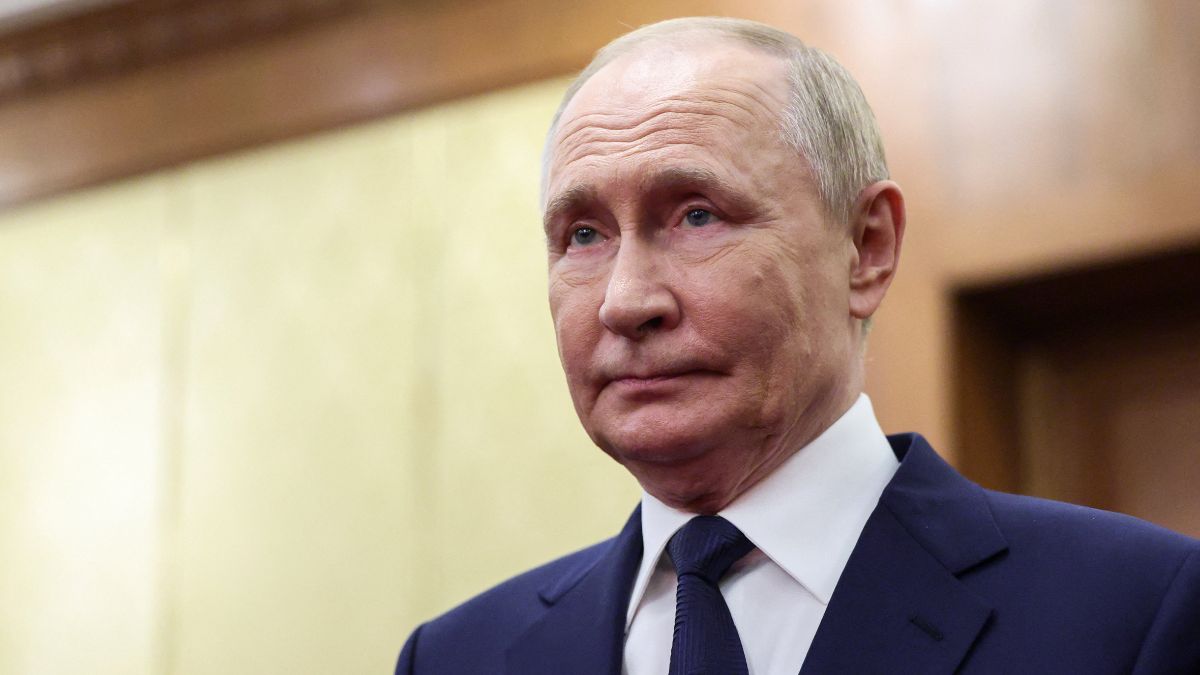)



